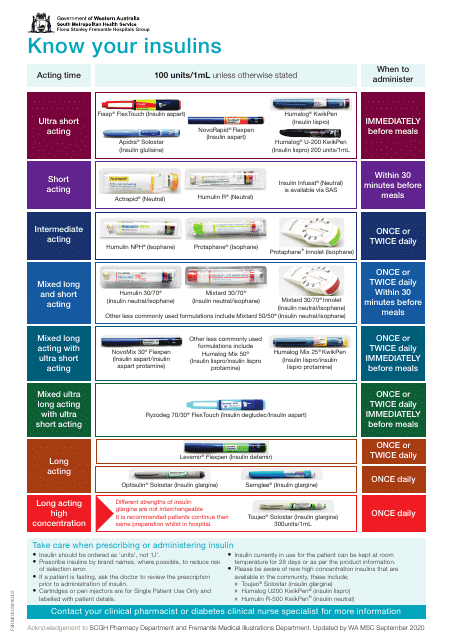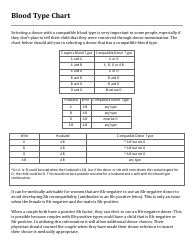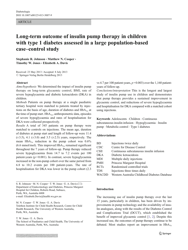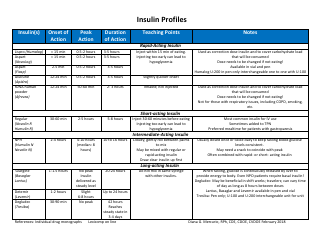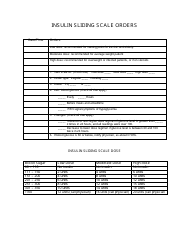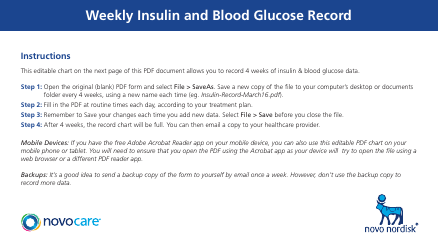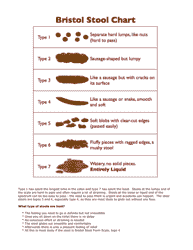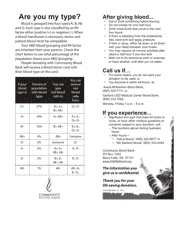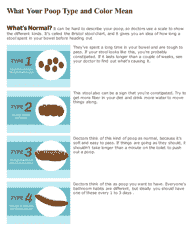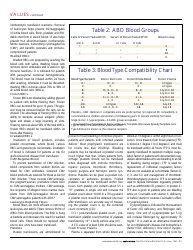Insulin Types Chart
The Insulin Types Chart is a document that provides information about various types of insulin available for managing diabetes. It helps individuals and healthcare professionals understand the different characteristics, onset, and duration of different insulin types.
FAQ
Q: What are the different types of insulin?
A: The different types of insulin include rapid-acting, short-acting, intermediate-acting, and long-acting insulin.
Q: What is rapid-acting insulin?
A: Rapid-acting insulin starts working within 15 minutes and typically lasts for 3 to 5 hours.
Q: What is short-acting insulin?
A: Short-acting insulin starts working within 30 minutes and typically lasts for 6 to 8 hours.
Q: What is intermediate-acting insulin?
A: Intermediate-acting insulin starts working within 2 to 4 hours and typically lasts for 12 to 18 hours.
Q: What is long-acting insulin?
A: Long-acting insulin starts working within 1 to 2 hours and typically lasts for 24 hours or more.
Q: How is insulin administered?
A: Insulin can be administered through injections or by using an insulin pump.
Q: Do I need a prescription for insulin?
A: Yes, insulin is a prescription medication and requires a prescription from a healthcare professional.
Q: What are the common side effects of insulin?
A: Common side effects of insulin may include low blood sugar (hypoglycemia), weight gain, and injection site reactions.
Q: Can insulin be used to treat type 1 and type 2 diabetes?
A: Yes, insulin can be used to treat both type 1 and type 2 diabetes.
Q: How should insulin be stored?
A: Insulin should be stored in the refrigerator until opened, and then can be kept at room temperature for up to 28 days.
Q: Can insulin be reused or shared?
A: No, insulin should never be reused or shared with others as it can lead to infection or other health risks.
